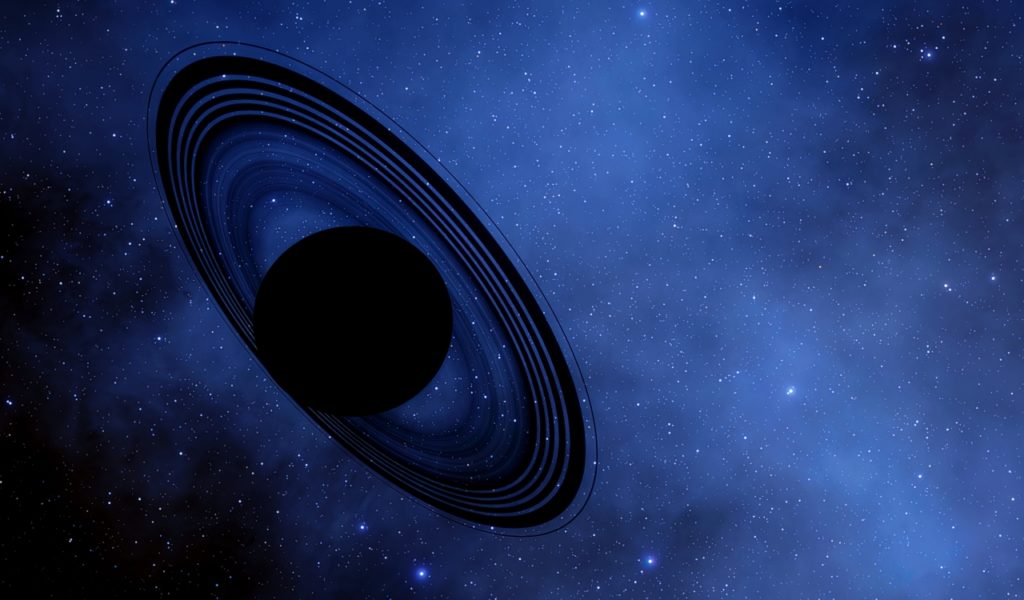Jeff Goldblum said it best in Jurassic Park many years ago: “life, uh, finds a way.” His words echo in the universe today, as we have seen how possible life can exist in some of the most amazing places. For years, we knew that there are moons that can sustain human life.
However, most of those moons were near a planet that was in a locked position with a major solar system, orbiting one or more stars. Yet there might actually be planets without stars that have moons capable of sustaining human life. This was according to a recent study.
Gravitational pulling and tugging between planets and moons allow many moons to remain in a good spot to avoid being an ice ball. Basically, these moons can remain just warm enough for liquid water to exist.
Computer simulations now suggest that, under the right circumstances (such as orbit & atmosphere), some moons that orbit rogue planets can stay warm for well over a billion years.
Universal Rogues Gallery

Astrophysicist at the European Southern Observatory, Giulia Roccetti, and her team unveiled these finding at the recent PLANET-ESLAB 2023 Symposium. They also did so for the International Journal of Astrobiology.
Roccetti claimed at the symposium:
“There might be many places in the universe where habitable conditions can be present. What we are looking for is places where these habitable conditions can be sustained for hundreds of millions, or billions, of years.”
Of course, just because these moons can sustain human life, that does not mean they have any nor that “we” could live there. At least, we could not live on these moons without aid of some kind.
Many assume you need to have a star for any moon or planet to be habitable as well as stable. Yet astronomers have managed to find at least 100 starless planets. Many were likely formed from gas and dust clouds the same way stars form, interestingly.
Of course, many other “rogue planets” like this were also ejected from their initial home solar system.
In the study, Roccetti and her colleagues ran 8,000 computer simulations of a sunlike star with three Jupiter-sized planets. From these simulations, they found planets ejected from their solar system will often sail off into space with their moons in tow.
Further computer simulations found that there might be just as many floating planets as there are stars in the Milky Way Galaxy. Thus, many of these rogue planets are likely to have moons.
The Rogue Moons

Since atmosphere is necessary to heat retention, the team did their calculations with three alternatives in mind.
For moons with an atmosphere the same pressure as Earth, the period of potential habitability lasted at most about 50 million years. However, it can last nearly 300 million years if atmospheric pressure is 10 times that of Earth.
Plus, it can do so for around 1.6 billion years at pressures 10 times greater.
During a 2021 study, researchers found that the moons that orbit rogue planets are not necessarily cold or barren places. Unless a moon’s orbit is a perfect circle, there is gravitational pull from the planet. This technically means that the pull from the planet is constantly deforming the moon.
That resulting friction inside the moon actually can generate heat. In our own solar system alone, this process plays out quite often. We see it in Saturn’s Enceladus Moon & Jupiter’s Europa Moon.
A properly thick, heat-trapping atmosphere (hopefully dominated by carbon dioxide) might keep the surface of these moons warm enough for water to remain in liquid form. This, in turn, means these moons can sustain human life.
Water from this could come from chemical reactions with the carbon dioxide as well as hydrogen in the atmosphere. That is all initiated by the high-speed charged particles from space itself.
Of course, these types of moons cannot stay warm forever. The very same gravitational forces that allow the heat to be generated in the first place will eventually mold the moon into a circle. That will gradually result in gravity deforming the moon less. This would mean frictional heat will slowly stop.